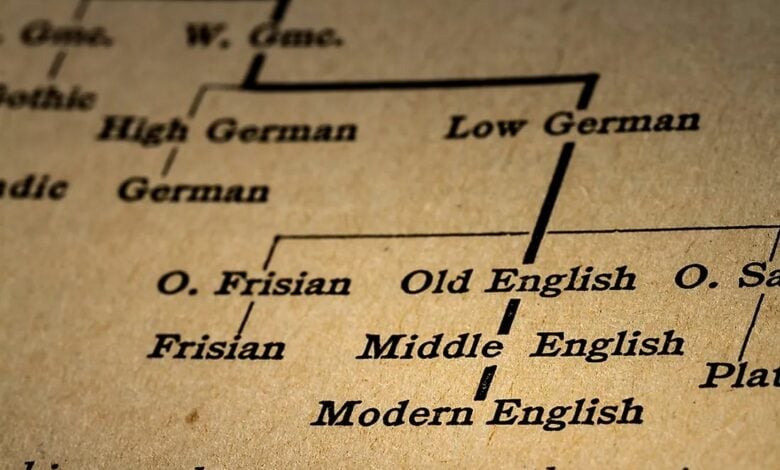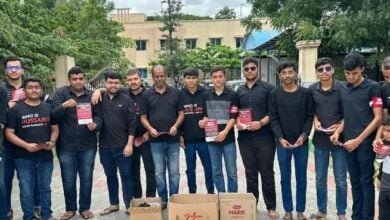DNA evidence traces Indo-European origins to Eurasian herders

New genetic research has provided strong evidence that Indo-European languages originated with early herders in central Eurasia around 4400 to 4000 B.C.E. Two groundbreaking studies, published in Nature, suggest that the language family emerged from a diverse population on the steppes north of the Black Sea before spreading across Europe and Asia.
The research builds on previous DNA studies showing that modern populations speaking Indo-European languages share genetic ties to the Yamnaya, a group of herders from present-day Ukraine and Russia who expanded across Eurasia around 3300 B.C.E.
However, the new studies suggest Indo-European predates the Yamnaya and likely emerged from a genetically diverse population known as the Caucasus–Lower Volga cline (CLV). This mix included fishers, northern hunter-gatherers, and early farmers from the Caucasus foothills.
Around 4000 B.C.E., some of these people migrated south into Anatolia, potentially bringing an early form of Indo-European that later evolved into Hittite, the first written Indo-European language. Meanwhile, those who remained on the steppe absorbed more populations, forming the Yamnaya. Their rapid expansion—possibly triggered by climate shifts or disease—was fueled by innovations like wheels, wagons, and livestock herding.
The studies also highlight the challenges of collaboration in modern archaeology. Due to ongoing conflict, Ukrainian and Russian researchers published separate papers using different spellings of “Yamnaya” and “Yamna.” Additionally, key archaeological sites remain inaccessible due to the war in Ukraine.
Despite these challenges, experts believe the findings offer the clearest genetic evidence yet for Indo-European’s origins. “It’s a fantastic set of new data,” says paleogeneticist Wolfgang Haak. However, some linguists caution that language spread is social, not purely genetic, and more research is needed.





